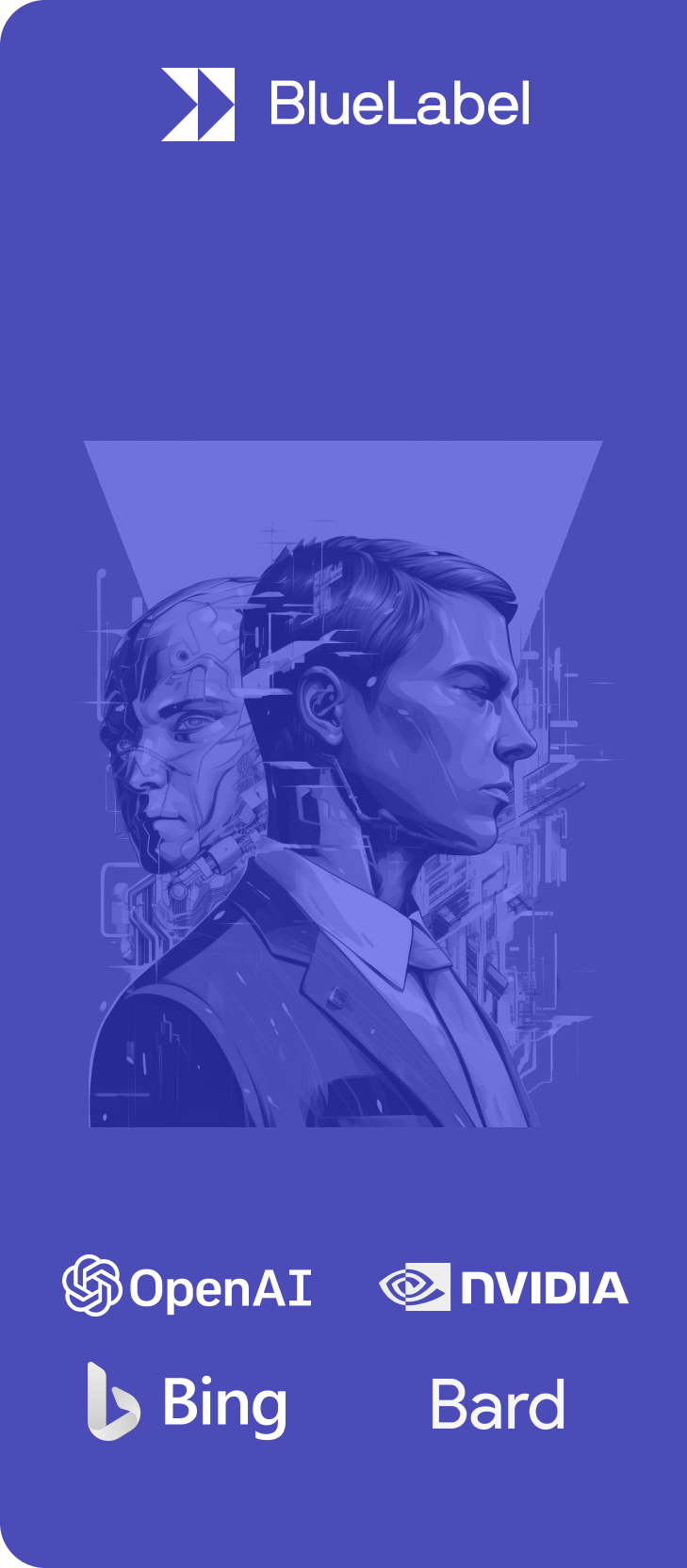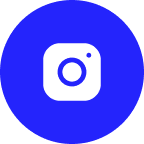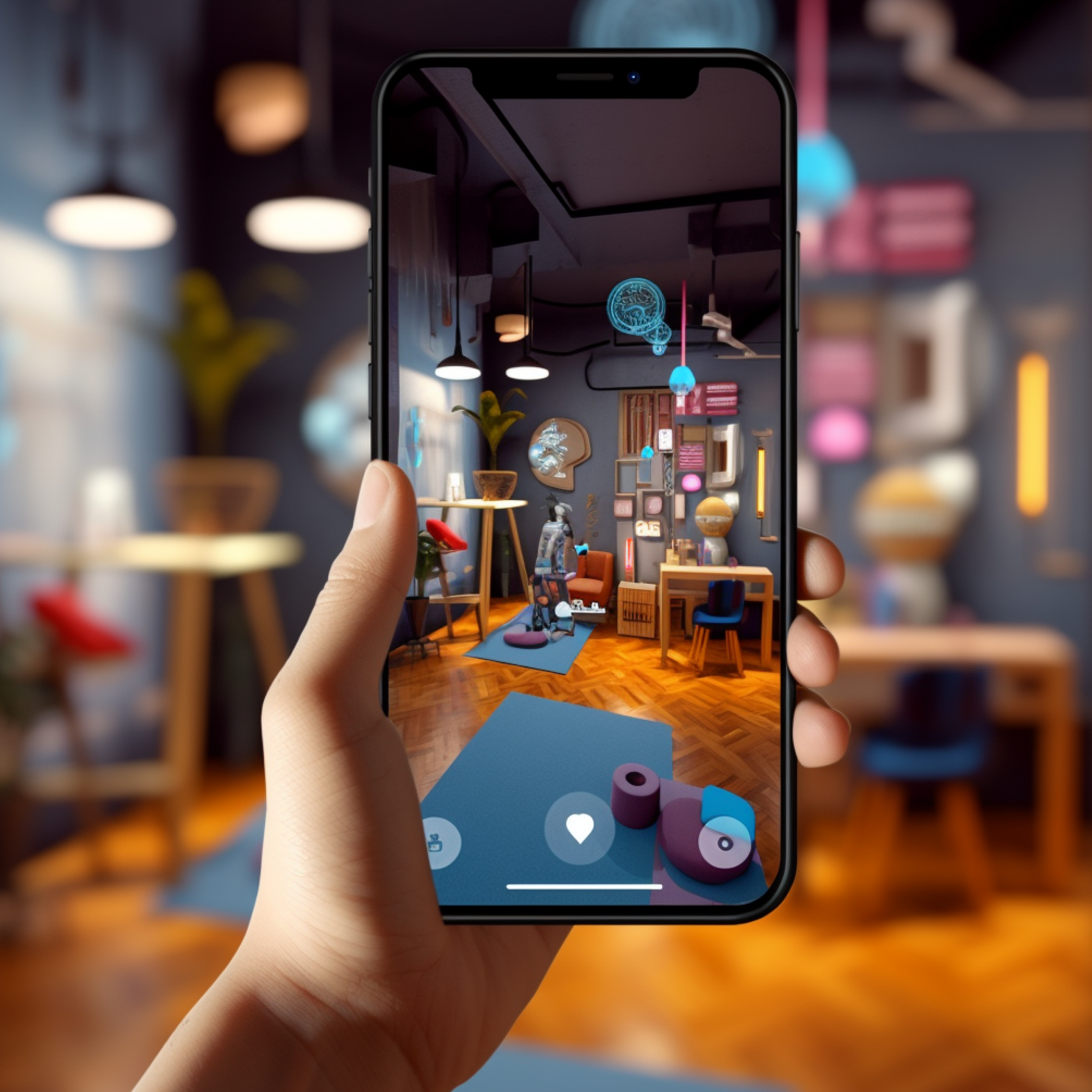9 Essential Tips For UX Design In Healthcare
Across industries, good UX design is a foundation for creating a functional, modern application. Consider these statistics that illustrate the power of good UX design:
- A Forrester study concluded that better UX design could improve conversion rates up to 400 percent
- 52 percent of survey respondents said poor mobile UX makes them less likely to engage with a website
- Toptal found a 53 percent bounce rate for mobile users when a page takes more than three seconds to load
Healthcare is no exception to the trend of focusing on user-centric experiences. The implications of UX design in healthcare are significant, with doctors, support staff, and patients benefiting from consistent and user-friendly healthcare apps. Here are nine essential tips to consider when incorporating user experience design into healthcare software and websites.
1. Apply the UX Design Thinking Framework to healthcare
The UX Design Thinking Framework is a helpful starting point for implementing good healthcare UX design. It focuses on design thinking, which is a problem-solving approach wherein teams try to come up with solutions that meet users’ needs while being economically and technically feasible.
The process has five components:
- Learn: Observe the needs of the patients and clinicians
- Define: Formally identify the needs and informing stakeholders
- Ideate: Develop ideas relating to design and functionality
- Build: Create a prototype that highlights all of your data
- Iterate: Repeat the process to create a better final product
Overall, the goal of the UX Design Thinking Framework is to correctly implement an app that provides benefits to patients and clinicians while highlighting the needs of the patients in particular. When following the framework for healthcare implementation, the plan is to be solution-oriented, iterate frequently, test often, and continue implementing feedback to move the product towards its best version.
2. Use HIPAA updates and mHealth
When implementing an app into your healthcare facility, don’t forget to comply with HIPAA regulations regarding app development. Though this can present some UX challenges initially, keep in mind that the major factors required in a HIPAA-compliant app are technical safeguards to protect patient information, physical safeguards to control access to work sites, and administrative safeguards to guarantee compliance among staff members.
When it comes to mHealth apps, major HIPAA-compliant features may include:
- User identification software (username/password, fingerprint identification, etc.)
- Audit controls to track patient usage
- Data encryption to validate and protect patient health information
The focus of the HIPAA regulations is to protect the user and their personal health information. When users are required to insert their username and password when logging into an app, it provides a sense of relief and trust that their information is protected by the app and not visible to other people or users. In the end, complying with HIPAA requirements is both legally necessary and beneficial to good healthcare UX design.
3. Don’t be afraid to use different types of media in your healthcare UX
Building an app that keeps users’ attention and promotes continuous usership is one of the greatest UX challenges, but including different types of media can help keep your users engaged. Don’t be afraid to branch out and try something new. Here are some media types to consider leveraging in your healthcare UX:
- Images to help break up text
- Animations for things like clicking buttons or marking off items on a checklist. These small interactions provide immediate feedback to users and help create a more personalized experience.
- Video content for those who are more visual-oriented. Videos can also help capture attention longer than text alone.
The best way to utilize media in your healthcare UX design is to do so subtly. These features should garner attention from the user without distracting them from important information included in the app. For example, flashy images, autoplay videos, and constant moving features in an app can be seen as annoying or invasive and may turn a user away from the app or cause them to miss some of the more important features of the app.
4. Offer plenty of support
One of the most significant features of UX design for healthcare apps is the ability to gain information on one’s own time without necessarily communicating with another individual. Essentially, users want content that is easily found and highly informative.
If the content of your app often results in users requiring further explanation, you should implement a menu that allows users to easily navigate and ask for help. To provide more valuable assistance to your users, here are some user experience design tips for your healthcare app:
- Clearly label menu items and page headers to allow users to always know their location on the app (i.e. which section they are in).
- Provide a help button that leads users to a page of commonly asked questions. To make this more effective, record the thoughts and questions users have when testing the app. If you notice that a considerable portion of app testers are unable to locate a specific section of your app, revise your content.
- Provide a live chat function on your app. With a 24/7 staffed chat feature, users can find the answers to their questions quickly and without added frustration. Additionally, some chat functions allow users to type out a question and then a chatbot or representative leads them to a relevant answer on the app.
5. Have an escape mechanism
When using smartphones, it is extremely common to find yourself in the wrong section or page of an app. When this occurs, users want an easy way to return to where they were without resetting their progress.
The most important feature you can include in your app is a “back” button. Oftentimes, a “cancel” button is associated with closing a window or exiting an app, which, in the case of accidentally clicking on a specific section of an app, is not what the user is looking to do. Providing a “back” button allows users to return to their previous location without starting over.
If your app includes features that allow users to fill out forms, provide a “save” option in case the app is closed or the user clicks the “back” function. Allow the user the option to save their data indefinitely to reduce the time necessary to fill out the same or a similar form on the next occasion.
All apps have a home screen and your app is likely no different. Sometimes users find themselves in an unknown section of the app, and requiring the users to click the “back” button as their only way to return to the app’s home screen can be tedious. With that said, your healthcare app’s UX design can include a toolbar at the top or bottom of the screen that allows users to return to the home section of the app.
6. Know which UX design tools to leverage for healthcare apps
When designing an app, the most important aspect from the perspective of a developer is knowing how to work your design and prototyping tools. Using design tools that you know will work effectively together leads to the development of a more user-friendly and engaging app.
There are a lot of tools out there that can be used for UX design in healthcare, but selecting the newest tool is not always the best option. For professionals, some of the best tools are the old standbys that many new developers have begun moving past. In the end, you need to select a tool that your team knows how to use in-depth and at maximum potential.
7. Do realistic research into the healthcare industry
Though you may have the perfect healthcare UX design in your head, this is not the most effective approach for app development. Creating a useful and user-friendly app requires extensive research. Sometimes, it may be important to research the right healthcare app development company.
You can start by looking at previous studies, statistics, interviews, or surveys that provide relevant insight for your design. However, the main portion of UX research for a healthcare app should focus on your users themselves. This process may include observing individuals as they interact with the prototype or interviewing users to determine their needs and questions related to the current version. When selecting the subjects for your app’s testing, you should select members of your target population (those you anticipate using the app, whether that’s patients, doctors, HR professions, etc.).
Before conducting the actual research, you should develop a hypothesis that relates to what your app does and who it helps. When interviewing or surveying users, you will be able to determine if your hypothesis is correct (i.e. the users confirmed the purpose or helpfulness of the app).
8. Test often to determine the quality of your healthcare UX
When developing prototypes for your app, test often, and with real people. Some things you should think about when testing include:
- Who do you want to use this app?
- What audience will use the app most?
- Who will benefit the most?
The best thing you can do when testing your app is testing it in an audience that is (or is very similar to) your intended app audience. This will allow you to get the most relevant feedback on the current version of the app and adjust the features and settings to better meet the needs of this population.
9. Know how the app will help
The best way to help your users and create high-quality healthcare UX design is to understand how your app will help them. Keep these questions in mind:
- What does this app do and why?
- What does the patient gain?
- Does it help monitor and/or simplify treatment?
- Does it help educate the user?
- What are the positive outcomes we want to create?
If you are unsure of the answer to any of these questions, head back to the drawing board. If you as a developer do not know the purpose of your app, whether it can result in something positive, or if it can be used as an informational tool, it is highly likely that your users will also be unable to answer these questions.
Working With Healthcare UX Experts
The need for UX in healthcare is rapidly increasing, and facilities that implement these nine strategies are likely to find that they improve both patient and staff satisfaction. We understand that implementing good UX is a complex process, and that’s why we have dedicated UX professionals on our team to help implement an innovative design process.
If you are ready to improve UX for your healthcare system, send us a message to discuss your project; we’d be happy to help.
Natasha Singh
Senior iOS Developer at Blue Label Labs









